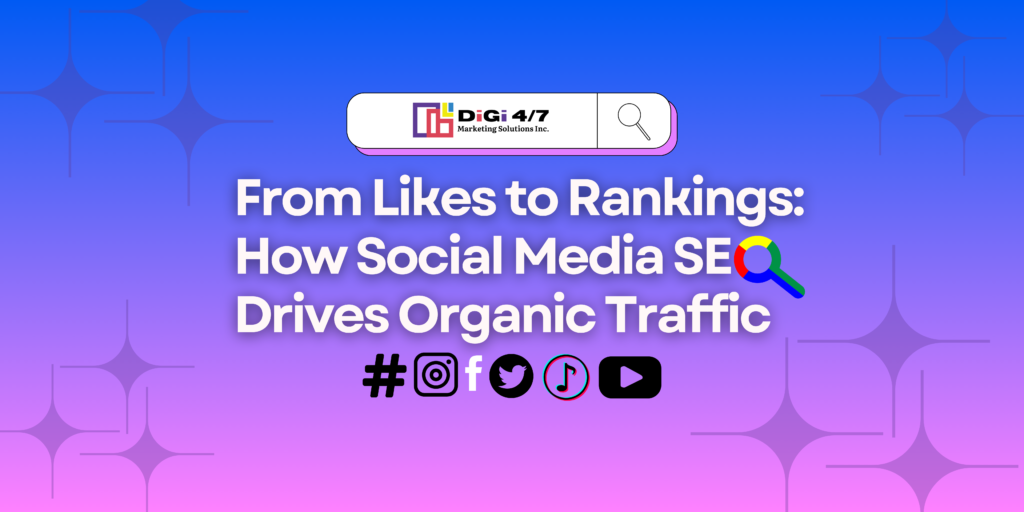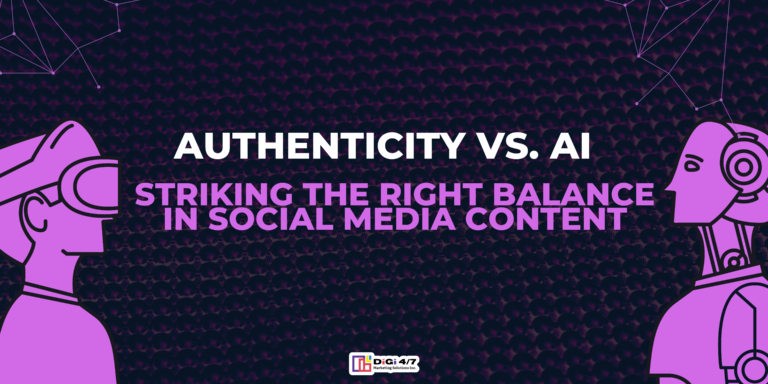
Keeping Up with Social Media Trends: Do’s and Don’ts
Staying up to date is essential for both individuals and brands in an era where social media trends can change quickly. Social media networks are always changing, adding new functions, types of content, and user habits. Effectively navigating these trends necessitates a deliberate strategy characterized by adherence to essential procedures and avoidance of typical mistakes. The goal of this essay is to reduce potential mistakes and increase participation by discussing the dos and don’ts of following social media trends.

Do’s
Continue to Learn and Conduct Research
Being informed is the first step in following social media trends. Keep up with business headlines, subscribe to pertinent blogs, and interact with influential people on social media sites like Twitter and LinkedIn. Monitoring new trends can also be aided by resources like RSS feeds and Alerts from Google. Studying trends entails not just identifying hot subjects but also figuring out how they fit with the values and interests of your target audience.
Explore Out New Platforms and Features
New tools and features are often added to social networking networks. Accepting these advances can expand reach and increase engagement. Using TikTok videos, Instagram Reels, and Twitter Spaces, for instance, can be an excellent way to capitalize on current trends. Thoughtful experimentation is necessary to make sure that new features suit your objectives and the preferences of your target audience.
Track Analytics and Modify Approaches
Knowing what is effective and what doesn’t requires analyzing social media stats. Utilizing tools such as Twitter data analysis, Facebook Insights, and Google Analytics can yield useful information about user activity, reach, and engagement. Utilize this information to pinpoint profitable trends, improve your content strategy, and modify your tactics in light of performance insights.
Continue to be Relevant and Authentic
Staying up to date is crucial, but originality should never be sacrificed. Integrating trends should feel natural and be consistent with the voice and values of your brand. Being genuine builds credibility and trust, preventing trend adoption from coming across as opportunistic or out of step with your audience’s expectations.
Engage with Your Audience
Effective use of social media trends requires active audience interaction. Encourage user-generated material, engage in dialogue, and reply to comments. This increases audience engagement and facilitates the creation of more impactful and targeted content by gaining insight into how your audience responds to certain trends.
Don'ts
Refrain from Mindlessly Following Trends
Ignoring trends and following them blindly can result in a disorganized social media presence. Not every trend will appeal to your target market or fit with the essence of your brand. Make sure that each trend you interact with aligns with your broader messaging and strategy, and avoid just following trends at face value.
Never Sacrifice Quality for Quantity
Staying up to date is vital, but putting quantity before quality can backfire. Posting regularly only to cash in on trends without producing insightful or well-written material can damage the reputation of your company. Posting less regularly doesn’t have to imply that each piece of content can’t be deliberately prepared and bring value for your audience.
Don't Ignore Ethical and Privacy Considerations
Trends frequently entail the gathering and dissemination of user-generated material or personal information. When embracing new trends, keep ethical and privacy issues in mind. Make sure that your procedures honor user consent and privacy and adhere to laws like the GDPR.
Never Ignore Recommendations and Criticisms
For trend adoption to be effective, paying attention to feedback is essential. Ignoring criticism or unfavorable comments regarding your approach to interacting with trends may cause you to pass up chances to get better. Giving constructive feedback can help you improve your approach and provide important insights into how developments are perceived.




















